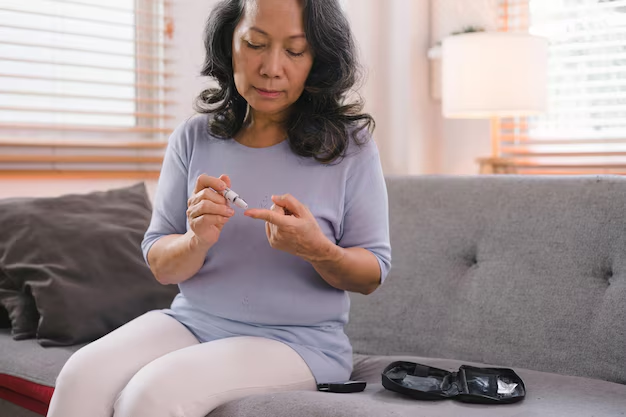Discover How You Can Test for Diabetes from the Comfort of Home
Managing your health has never been more convenient or important. If you've ever wondered how you can test for diabetes at home, you're not alone. With the advancement of technology and the pressing need for accessible healthcare, keeping track of your health metrics right from your living room has become a reality.
Understanding Home Diabetes Testing
Diabetes is a chronic condition that affects the way your body processes sugar. Knowing your status is crucial for effective management. While visiting a healthcare provider for a comprehensive diagnosis is imperative, there are ways to conduct preliminary checks at home to monitor your health.
Essential Tools You Need
Blood Glucose Meter: This portable device is indispensable for monitoring your blood sugar levels. It usually requires a lancet to draw a tiny drop of blood from your fingertip, which is then analyzed by the meter.
Test Strips: These are specific to your glucose meter and allow the device to measure glucose in the blood.
Ketone Testing Strips: For urine testing, especially useful for those with type 1 diabetes to check for ketones, which can signal ketoacidosis, a possible complication.
Continuous Glucose Monitor (CGM): A more advanced tool, the CGM keeps track of your blood sugar levels throughout the day and night, giving you a detailed overview of your glucose trends.
Simple Steps to Check Your Blood Sugar
Wash Your Hands: Use soap and water to ensure your hands are clean. This prevents any external sugar residue from affecting the test results.
Prepare Your Meter: Insert the test strip into the glucose meter.
Use the Lancet: Prick the side of your fingertip with the lancet device.
Test Your Blood Drop: Place the drop of blood on the edge of the test strip.
Read the Results: The meter will display your blood sugar level within seconds.
For accurate readings, it’s important to follow the instructions that come with your glucose meter. Regular recording of your levels can help in tracking changes and making necessary lifestyle adjustments.
Exploring Additional Health Support
Testing for diabetes at home is an essential first step, but it’s important to have a comprehensive support structure. Whether you have insurance or are paying out of pocket, healthcare costs can be challenging. Thankfully, various programs are available to ease this burden.
Government Aid Programs: Explore options like Medicare or Medicaid, which offer coverage for diabetes supplies for eligible individuals.
Financial Assistance: Several non-profit organizations and companies provide financial aid for purchasing diabetes essentials like meters, strips, and medication.
Debt Relief and Credit Solutions: For those overwhelmed by medical expenses, working with credit counselors or exploring debt relief programs can provide needed respite.
Educational Grants: If diabetes education classes or related healthcare courses are part of your plan, look for educational grants or scholarships to aid in funding your further learning.
Prioritizing your health doesn't just stop at testing; accessing the necessary resources is crucial too. Below are some resources that might help lighten the load:
- 🏥 Medicare/Medicaid: Coverage for diabetes equipment based on eligibility.
- 💸 Non-profit Financial Aid: Organizations like the Diabetes Foundation offer help with supplies.
- 💳 Credit Counseling: Agencies provide support in managing medical debt.
- 🎓 Educational Scholarships: Grants for healthcare education can ease learning expenses.
Taking proactive steps in managing diabetes can significantly enhance your quality of life. Remember, the information gleaned from home testing should be shared with your healthcare provider to develop a comprehensive care plan tailored to your needs.
